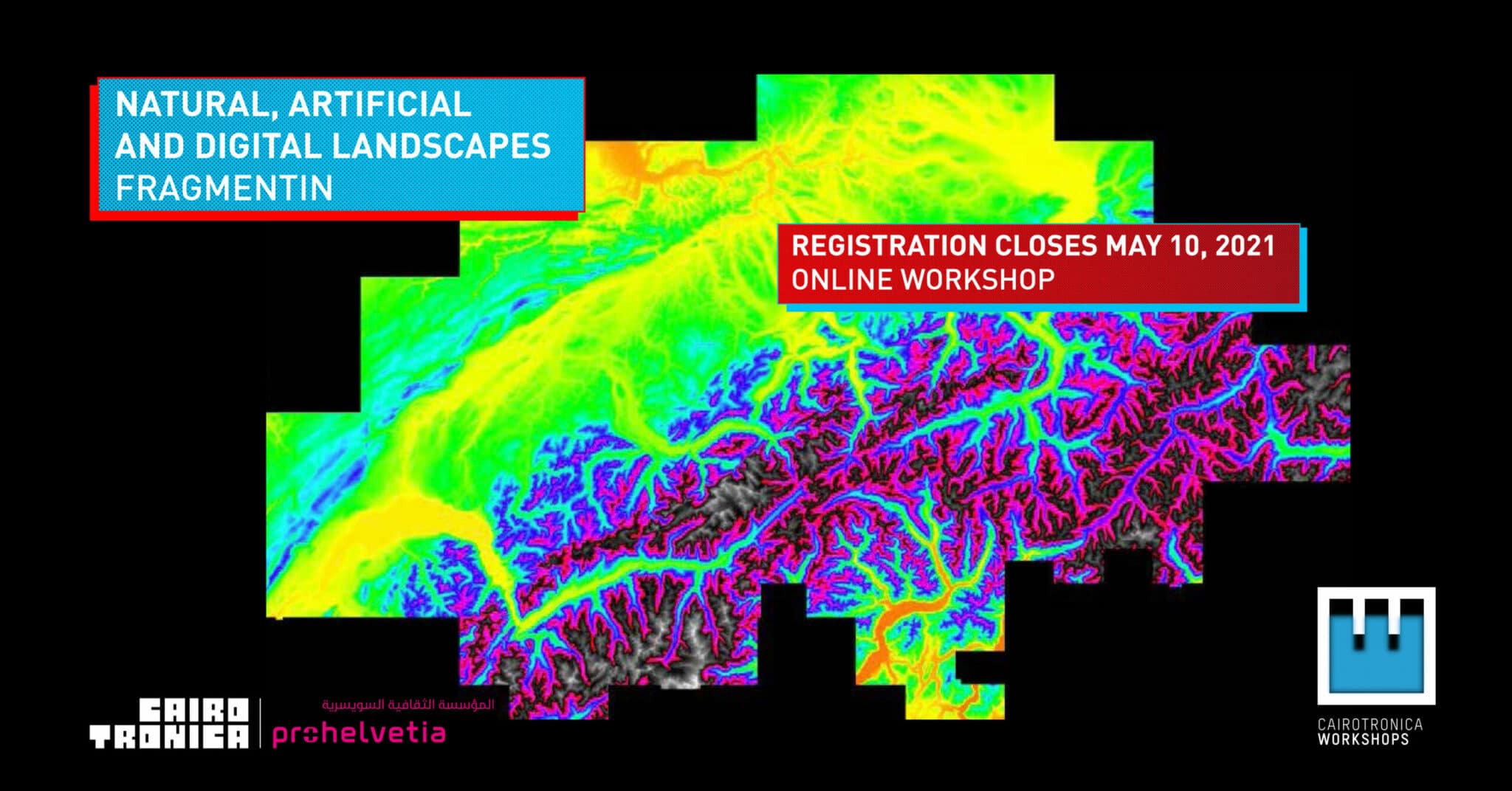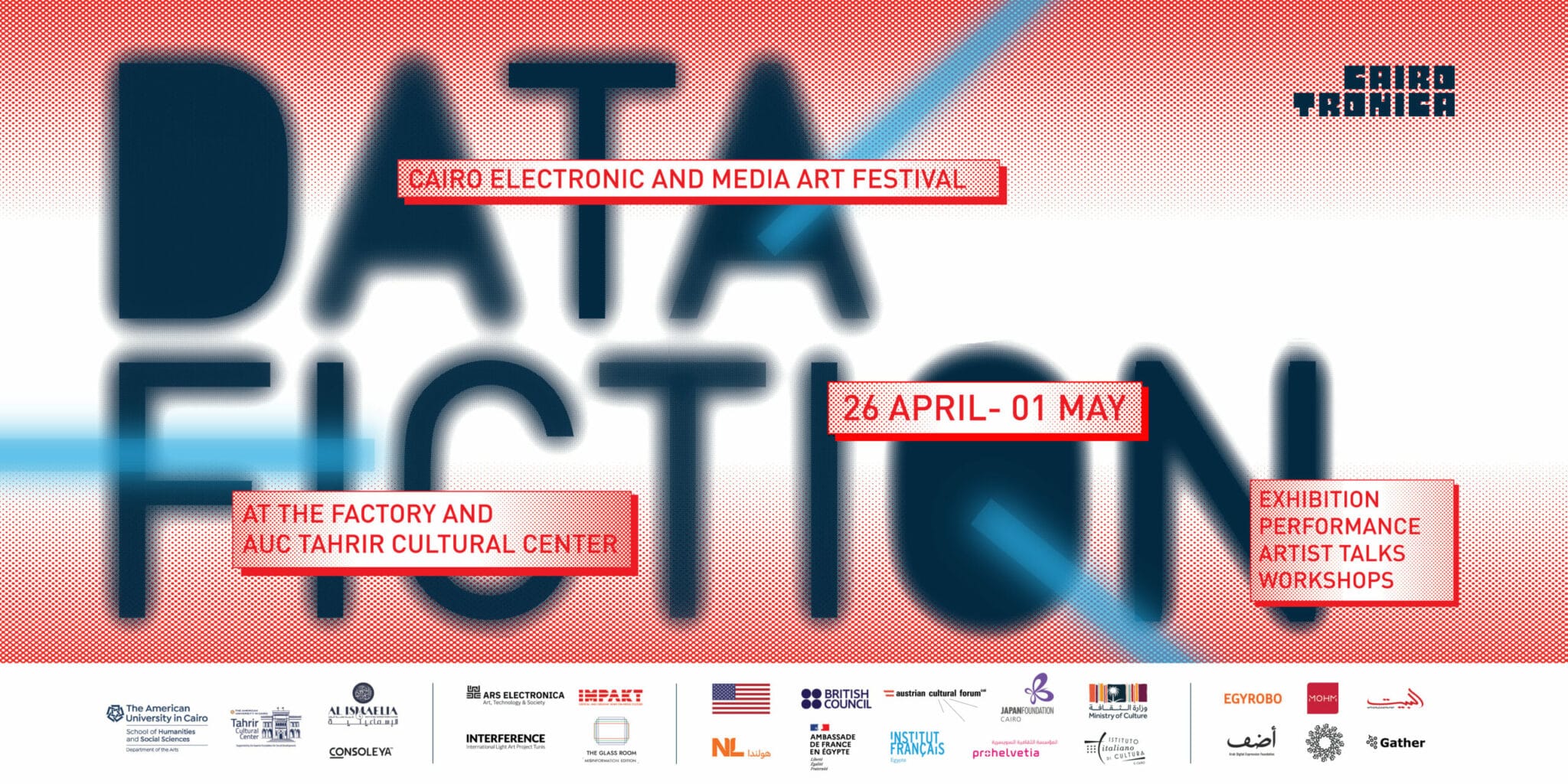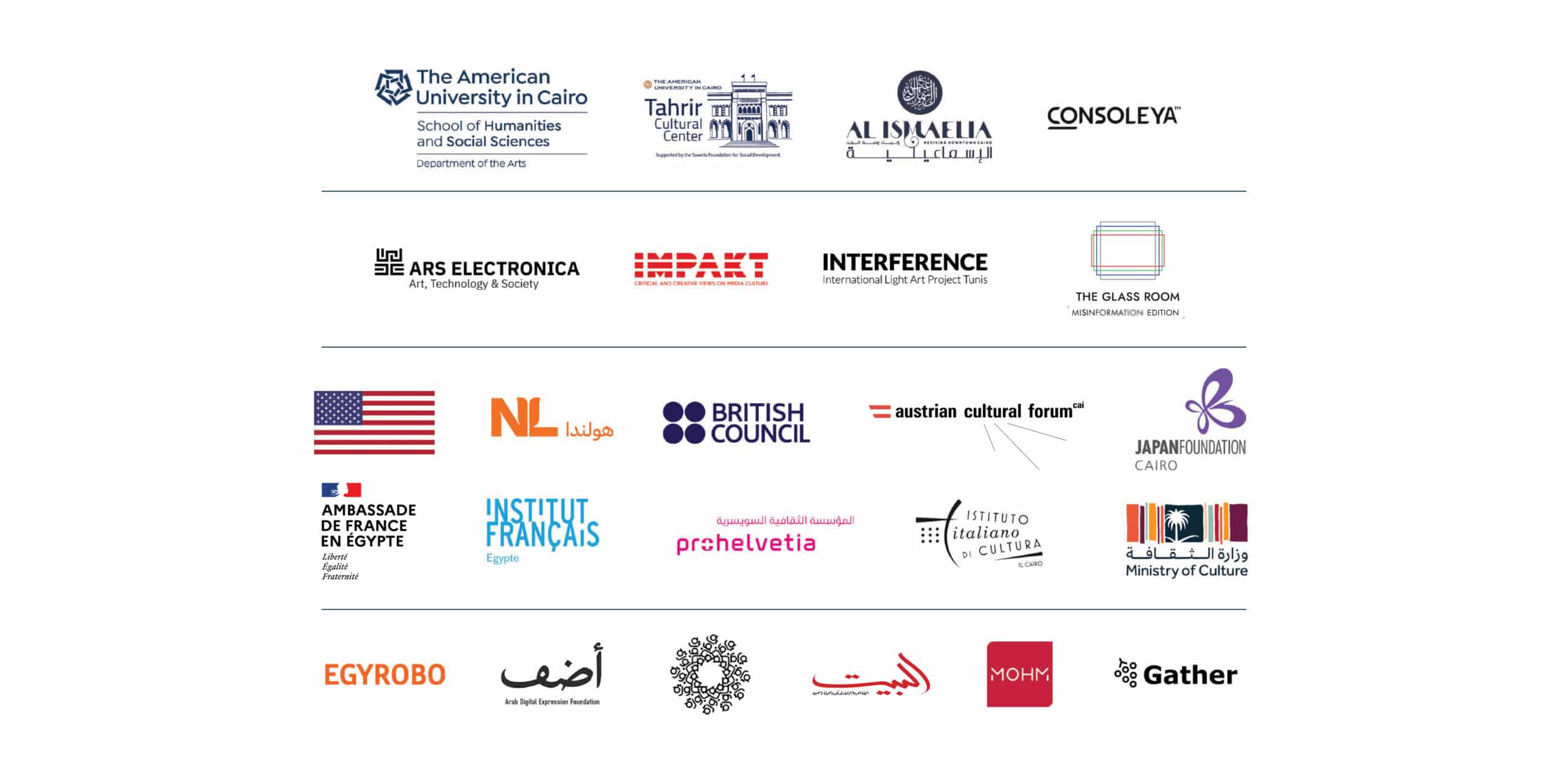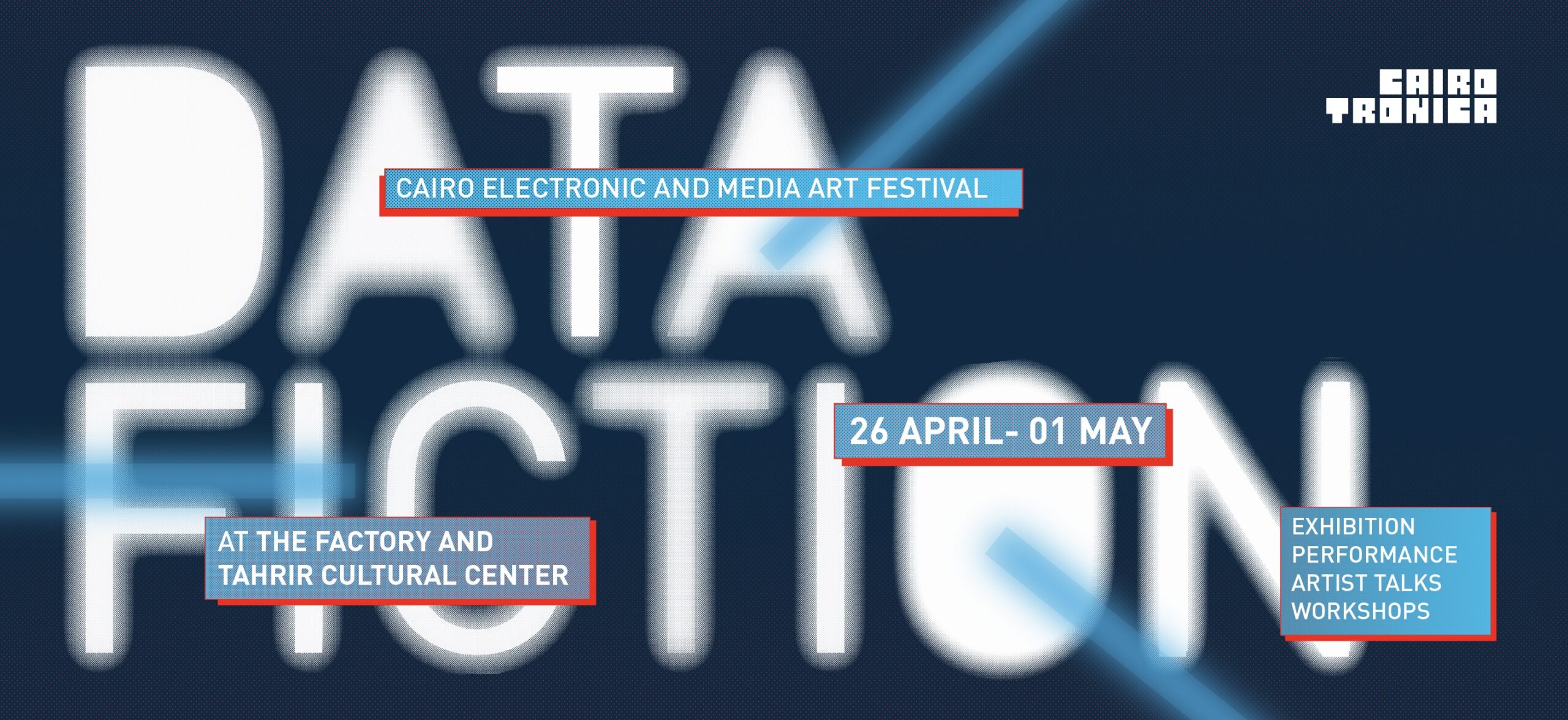
Data Fiction: Cairotronica’s 3rd Edition
- 26 April 2021
Digital technology is positioned as a tool that is constantly evolving to address our ever-growing needs and challenges in many aspects of our lives. Conversations about the data generated through these digital solutions are not discussed beyond specific communities within their respective disciplines and rarely focuses on the societal ramifications. Data must be part of a narrative and a context to be meaningful and allow interpretation. Data does not stand alone but rather works in relation to other data sets, or in relation to people. Data does not only come in the form of numbers, but it can also be in the form of feelings and experiences.
In what ways do data and narrative interact? What conceptual commitments come along with a narrative practice in data-centered settings? How does data come to signify, and with what patterns and constraints? Are we driven by the data, or by the stories that the data lets us tell? What does an orientation towards data open up, and what does it obscure? These commitments and consequences help to make clear why thinking about data and narrative together provides value within the social study of digital data practice.
In the processes of making sense of data, data is imagined to speak for itself. It tells stories in the manner in which it is available, interpreted, and narrated. As data and narrative evolve, the process of holding data is always temporary. The stories told by data are always revealing specific perspectives that could look different in a near future.
Data fiction is the transformation of social action into quantified data. While data fiction allows for real-time tracking and predictive analysis, data fiction highlights the unavoidable bias of data but also its purposive role. The self-evidentiary nature of data is specifically what makes one of its most powerful narratives, requiring no interpretation or narration.





Event
- 26 June 2021
- -
- 5 July 2021
- 27 April 2021
- -
- 1 May 2021
- 27 April 2021
- -
- 30 April 2021
- 01 May 2021
- -
- 26 April 2021
- -
- 01 May 2021
- 02 April 2021
- -
- 23 April 2021
PARTICIPATING ARTISTS
PARTNERS AND SPONSORS




